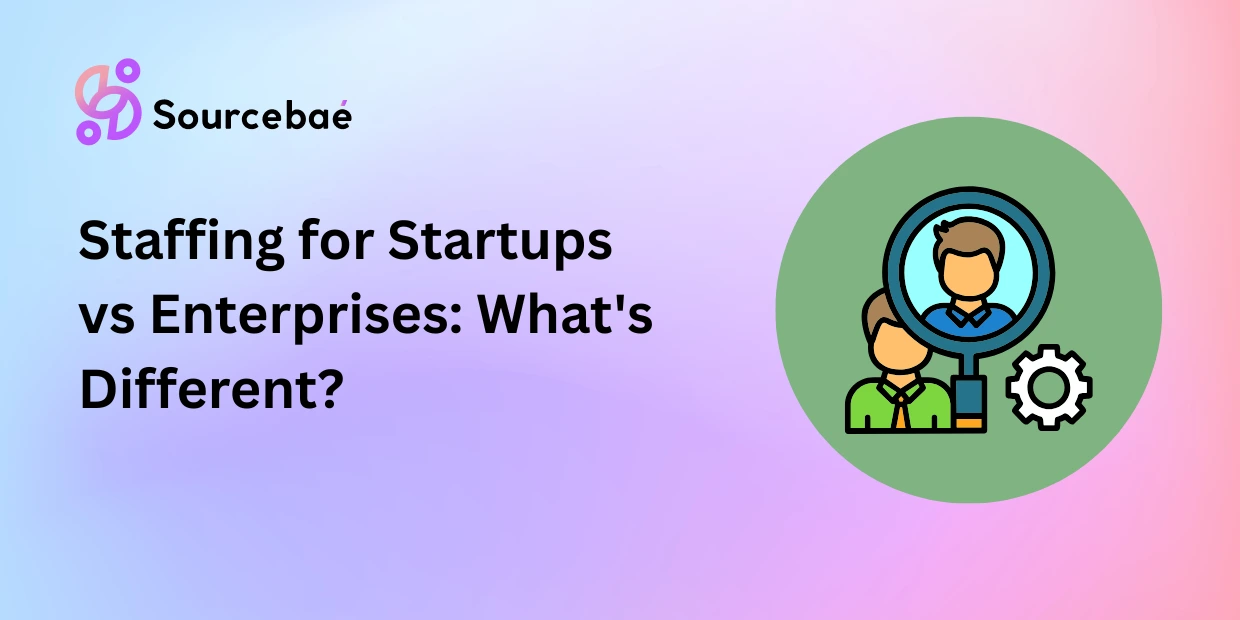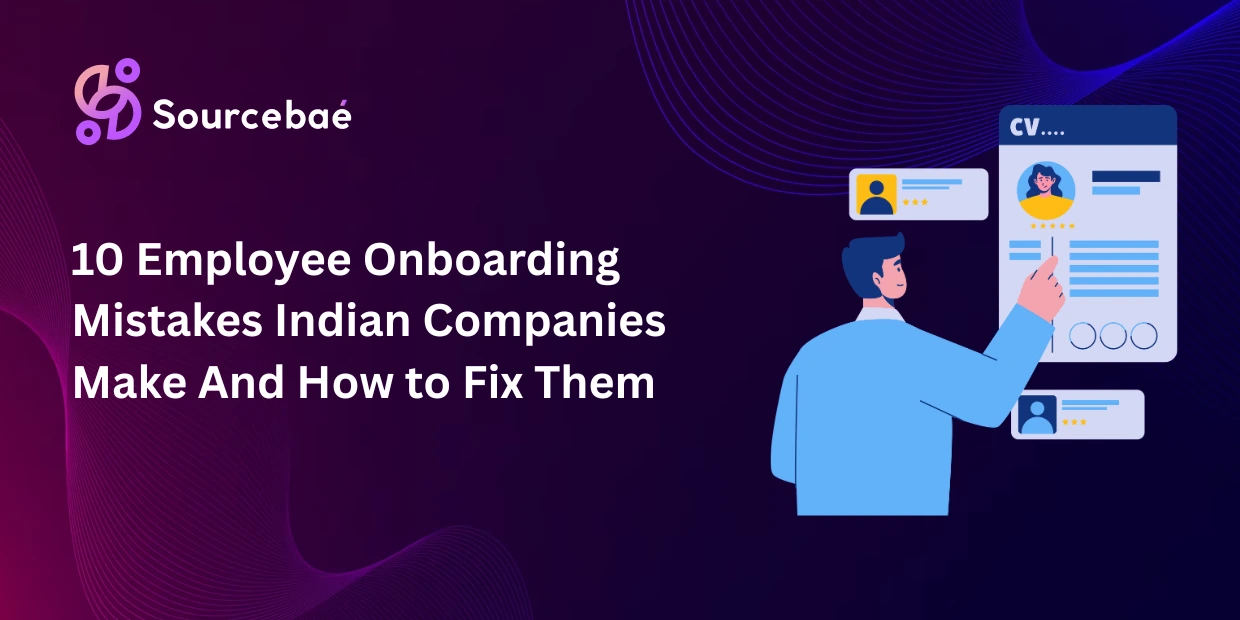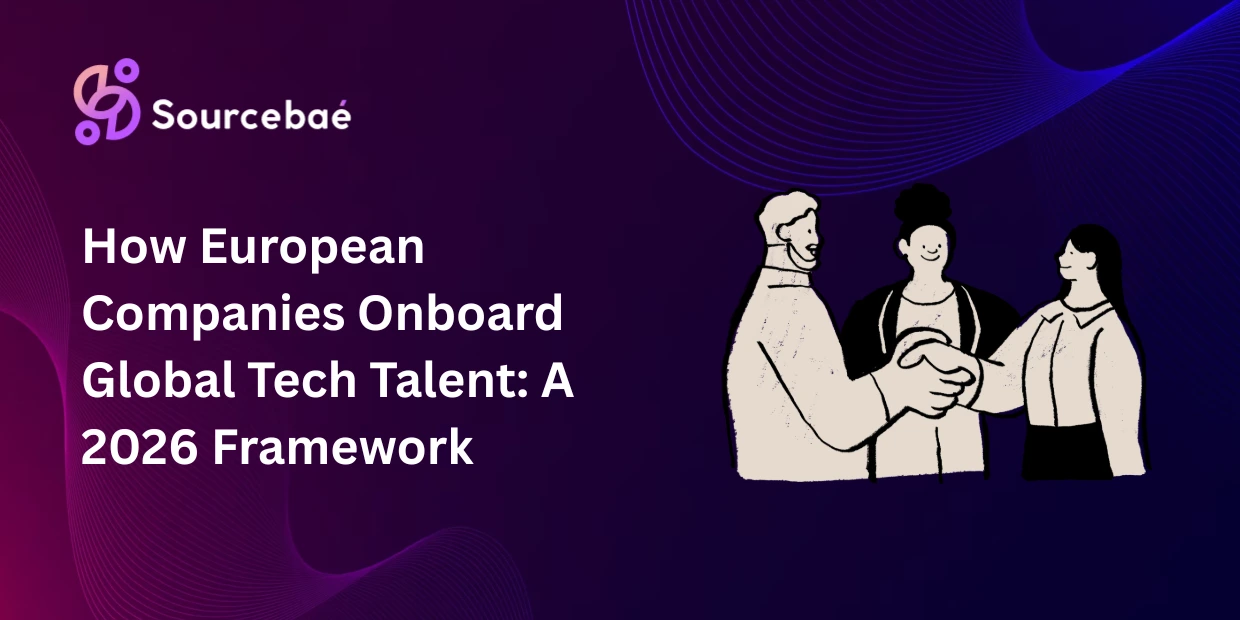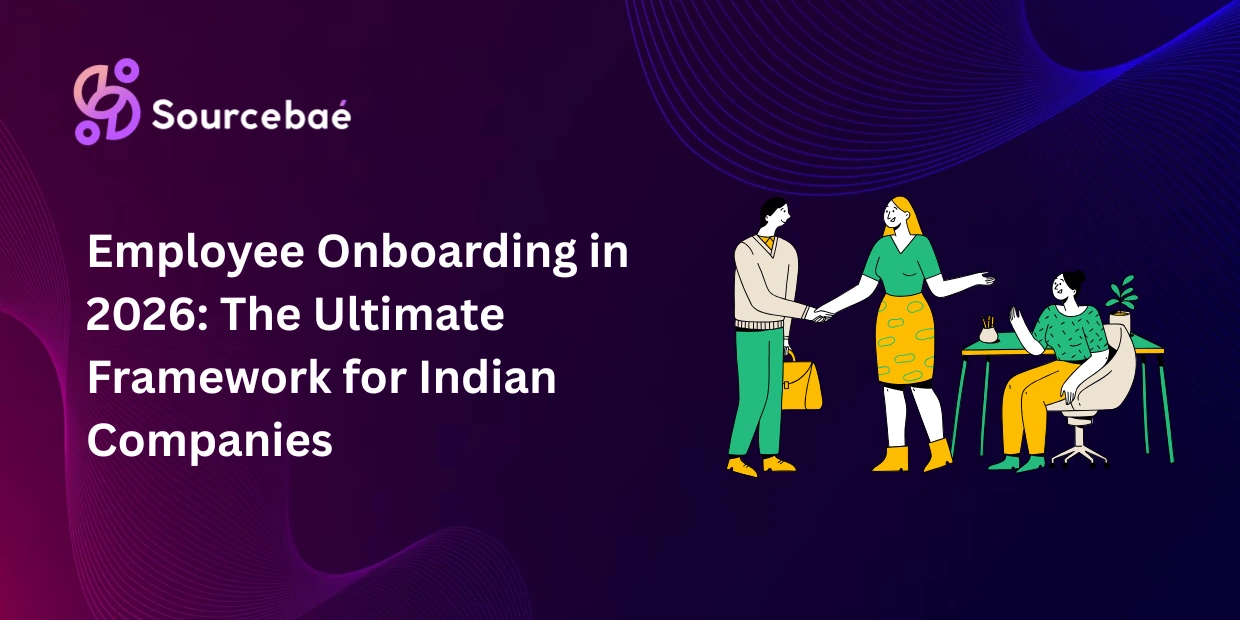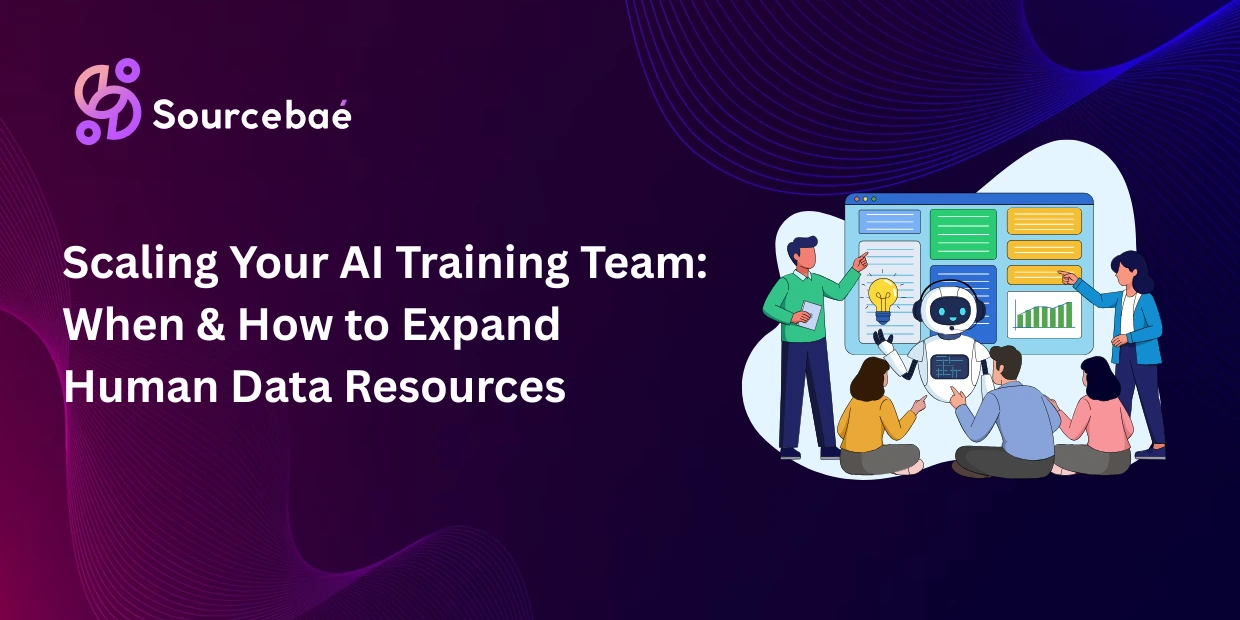The moment you walk through the doors of a startup versus a Fortune 500 company, you feel it immediately. The energy is different. The urgency is different. And perhaps most importantly, the way these organizations hire, manage, and develop their people is radically different.
I’ve spent over a decade working across both environments, and I’ve noticed that staffing isn’t just about filling positions it’s about building organizations that can actually thrive in their respective contexts. A staffing strategy that works brilliantly for a lean startup would likely collapse a large enterprise. Conversely, the structured approach that keeps enterprises running smoothly would choke innovation at a startup.
In this article, I’ll break down the fundamental differences between startup and enterprise staffing, so you can understand which strategies apply to your organization.
The Speed vs. Structure Paradox
The most glaring difference between startup and enterprise staffing is the trade-off between speed and structure.
Startups operate in hyperdrive. They’re hiring for roles that don’t yet exist, promoting people faster than traditional career ladders would allow, and often asking employees to wear multiple hats. A startup might hire a person as a “marketing coordinator” on Monday and have them managing partnerships by Friday because that’s what the business suddenly needs. There’s little time for extensive onboarding programs or bureaucratic approval processes. When a startup decides it needs someone, it needs them now.
Enterprises, by contrast, move with deliberation. They have established job descriptions, multi-round interview processes, formal approval chains, and structured onboarding programs. This might seem slow, but it serves a purpose: it creates stability, manages risk, and ensures that hiring decisions align with long-term organizational strategy. An enterprise might take three months to fill a single role because they’re carefully evaluating culture fit, competency gaps, and succession planning implications.
Neither approach is inherently better. Speed helps startups capitalize on market opportunities. Structure helps enterprises maintain institutional knowledge and reduce costly hiring mistakes at scale.
Budget Reality: From Scrappy to Strategic
Money changes everything in staffing, and the financial constraints differ vastly between startups and enterprises.
Most early-stage startups operate with razor-thin staffing budgets. They simply cannot afford to hire generously. Instead, they compete on other things: equity, flexibility, the chance to build something from scratch, and the appeal of wearing many hats. A startup might offer below-market salaries but compensate with stock options and the promise that early employees will have outsized impact.
I’ve seen startups post job descriptions asking for a full-stack engineer with DevOps experience, machine learning skills, and product thinking paying 20% below market rate. Why? Because they can’t afford the full market rate, and they’re betting that the right person values the growth opportunity more than maximum cash compensation right now.
Enterprises, meanwhile, can throw budget at problems. They offer competitive salaries, comprehensive benefits, and often have dedicated HR budgets for recruitment, training, and development. They can afford to hire specialized roles (someone who only manages compliance, or someone dedicated to employee wellness). They can afford to hire consultants to help with organizational restructuring. They can afford to pay for extensive onboarding and professional development programs.
This has a cascading effect: enterprises attract differently, hire differently, and retain differently than startups.
Hiring Strategy: Generalists vs. Specialists
Here’s where the rubber meets the road for most hiring managers I work with.
Startups prioritize generalists. They need people who can take ownership, adapt quickly, and move fluidly between projects. The ideal startup hire is someone who gets frustrated by rigid role boundaries and sees a problem in any department as “their problem” to solve. You’ll hear startup founders and hiring managers say things like “We’re looking for someone who can do marketing, but also help with customer service, and maybe build a few landing pages.”
This isn’t laziness it’s reality. Startups can’t afford to hire a team of specialists because they don’t yet know exactly what the organization will need in six months. Better to hire versatile people who can evolve with the company.
Enterprises, by necessity, hire specialists. Large organizations create deep expertise in specific domains. They hire senior tax accountants, compliance specialists, UX researchers, and people whose entire job is managing vendor relationships. This specialization creates several advantages: better execution in critical areas, clear career paths within specializations, and reduced organizational chaos (nobody’s confused about whose job it is to handle international tax compliance).
But there’s a tradeoff. Specialists can sometimes get siloed, less aware of how their work connects to the broader organization. They might resist cross-functional projects. Startups, meanwhile, develop generalists who might lack deep expertise but understand the whole business.
Onboarding and Culture
The first month of employment looks completely different depending on where you land.
At a typical startup, your first day might involve meeting everyone in the company (there might only be 12 people), getting access to whatever tools are currently in use, and then immediately jumping into work. Onboarding is often informal, sometimes haphazard. Your first task might be thrown at you on day two because something urgent came up and you seem capable. There might not be a formal training program. Culture is absorbed through osmosis, by watching others and figuring out how things work.
The advantage of this approach is speed and authenticity. New hires don’t waste time in boring training sessions. The disadvantage is that critical information gets lost, new hires might make costly mistakes, and some people feel abandoned without structure.
Enterprise onboarding is a completely different animal. A new hire at a large organization might spend the first week in mandatory training programs: sexual harassment prevention, data security protocols, benefits enrollment, and company history. They’ll have an assigned mentor. They’ll have clearly documented role expectations. HR will check in on them multiple times. Everything is systematized because the alternative leaving hundreds of new hires every year without clear direction creates cascading problems at scale.
This structure takes time and resources, but it protects institutional knowledge and ensures consistency.
Career Development and Growth
How people progress through an organization reveals something fundamental about startup versus enterprise thinking.
At startups, career progression is rapid but unpredictable. Someone might get promoted from individual contributor to team lead because the company suddenly needed a team lead, not because they completed a formal management training program. Growth happens through opportunity and demonstrated capability. If you’re good at something and willing to learn, you’ll probably get a shot at bigger things.
This creates exciting opportunities for ambitious people, but it also creates risk. Not everyone is ready to lead before they’re given the chance. Some fast promotions are mistakes. And once a company grows and needs actual structure, some of these early leaders might not have the foundational skills for their new role.
Enterprises have formal career frameworks. There are defined levels: Junior Developer, Senior Developer, Staff Developer, Architect. To progress, you might need to complete certain training programs, get certifications, or rotate through different teams. Career development is mapped out, often boring, but clear.
The advantage is that people know what to expect. They know what skills they need to develop to reach the next level. The disadvantage is that progression can feel glacial, especially for ambitious people who move faster than the system allows. And sometimes capable people leave enterprises because they can see that advancement requires playing politics or waiting for someone else to leave.
Team Dynamics and Communication
The way teams operate changes dramatically with organizational size.
At startups with under 50 people, everyone often knows what everyone else is working on. There might not be formal status meetings because information flows naturally. A developer might overhear the sales team closing a deal and immediately understand why a particular feature matters. Cross-functional collaboration happens almost automatically because there are no silos to hide behind.
As organizations grow, this falls apart. By 500 people, you could work for three years and never meet most of the company. Teams develop their own cultures, rituals, and priorities that might actually conflict with other teams’ priorities. Formal communication structures become necessary just to prevent chaos.
Enterprises deal with this through committees, syncs, and formal communication channels. It sounds bureaucratic because it is, but it’s also necessary. Without structure, a 10,000-person organization would devolve into chaos.
Hiring for Cultural Fit vs. Diversity of Thought
This is a subtle but important distinction I’ve noticed in hiring practices.
Startups often prioritize “culture fit” the idea that new hires should mesh well with the existing team, share similar values, and work well together. This makes sense when you’re a small team where one bad hire can damage team dynamics. But there’s a risk: over-optimizing for culture fit can create homogeneous teams that look, think, and act alike, which limits creativity and introduces groupthink.
Enterprises, by contrast, have moved (often deliberately) away from culture fit toward hiring for diversity of background, thought, and experience. They recognize that large organizations need diverse perspectives to avoid blind spots. They actively work to reduce hiring bias and create inclusive environments. The trade-off is that building cohesion becomes harder you can’t just hire clones of your best people.
Both approaches have merit. Startups need cohesion because they’re moving fast and team chemistry matters. Enterprises need diversity because they make decisions that affect millions of people and need different perspectives to catch blind spots.
Remote Work and Flexibility
The way organizations approach remote work and flexibility differs significantly.
Many startups (especially post-2020) adopted flexible work arrangements because they realized it didn’t slow them down and because they couldn’t compete on salary with enterprises, so flexibility became a recruiting tool. Some startups are fully remote or distributed, which actually creates certain advantages: they can hire from anywhere, not just their headquarters city.
Enterprises have taken a more measured approach. Many have adopted hybrid models some days in office, some days remote. The reasoning is often about mentoring, culture, and collaboration. Some enterprises have brought people back to offices fully, concerned about culture erosion and the challenges of managing large teams remotely.
The reality is nuanced. Remote work doesn’t slow startups down because they’re already async and flexible. It can work at enterprises, but it requires much more intentional communication infrastructure than it requires at a smaller company. Neither approach is inherently better it depends on the work being done and the company’s stage.
Risk and Hiring Mistakes
Finally, let’s talk about what happens when you hire wrong.
When a startup of 15 people hires the wrong person, it’s painful and obvious. That person is in every meeting, affects the culture, and either gets fired quickly or poisons the team. But the recovery is also relatively simple because there isn’t a complex promotion history, no deep relationships with vendors through their efforts, and no cascading commitments they’ve made.
When a large enterprise hires wrong, especially at a higher level, it can take months or years to identify and correct. That person might be managing other people, they might have made important commitments, they might have deep client relationships. Extracting them from the organization is complicated and sometimes ends in legal negotiations.
This is why enterprises tend to be more cautious in hiring. They’re building for the long term and trying to minimize the cost of mistakes.
The Bottom Line
Startup staffing and enterprise staffing aren’t just different in degree they’re different in kind. They reflect fundamentally different needs, constraints, and priorities.
Startups thrive with:
- Fast hiring decisions and rapid onboarding
- Generalists who wear multiple hats
- Informal culture building and communication
- Rapid advancement for capable people
- Flexibility and adaptability as core hiring criteria
Enterprises require:
- Structured hiring processes and formal onboarding
- Specialists who develop deep expertise
- Formal communication structures and clear reporting lines
- Defined career frameworks and progression paths
- Diversity of background and thought
The key insight is that what works brilliantly in one context fails in the other. The most successful leaders I’ve worked with understand this. They don’t try to run their startup like an enterprise, nor do they run their enterprise like a startup. Instead, they adapt their staffing approach to match their organization’s actual stage, size, and needs.
If you’re building a startup, embrace the speed and flexibility that’s your advantage. If you’re running an enterprise, invest in the structure that allows you to manage complexity. Neither is wrong they’re just different solutions to different problems.

